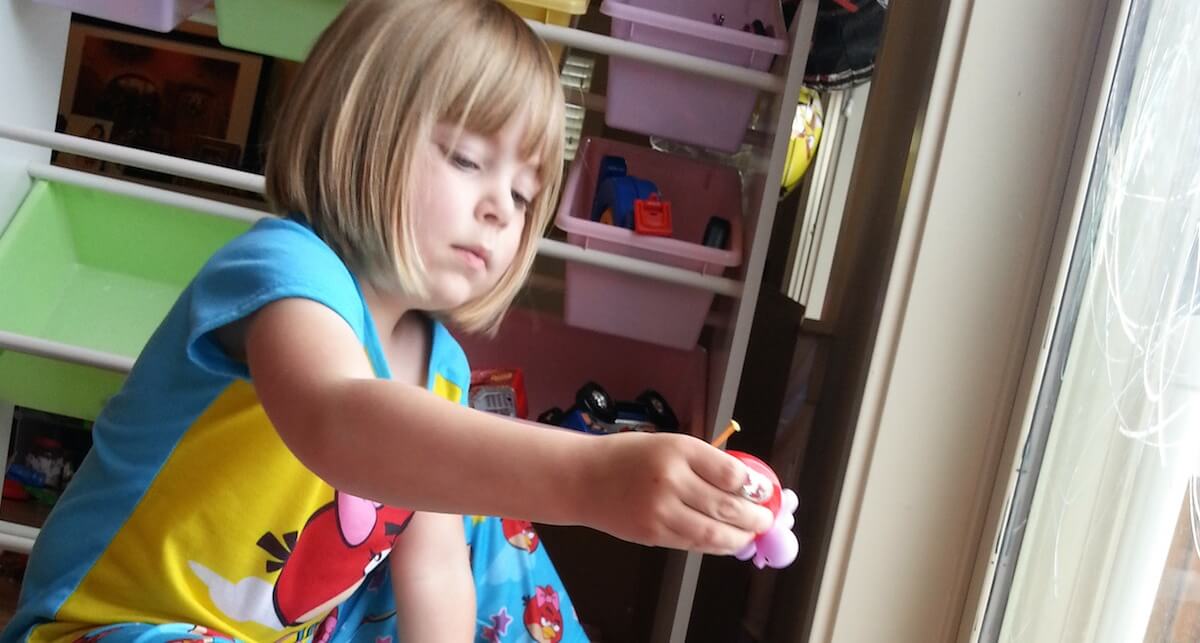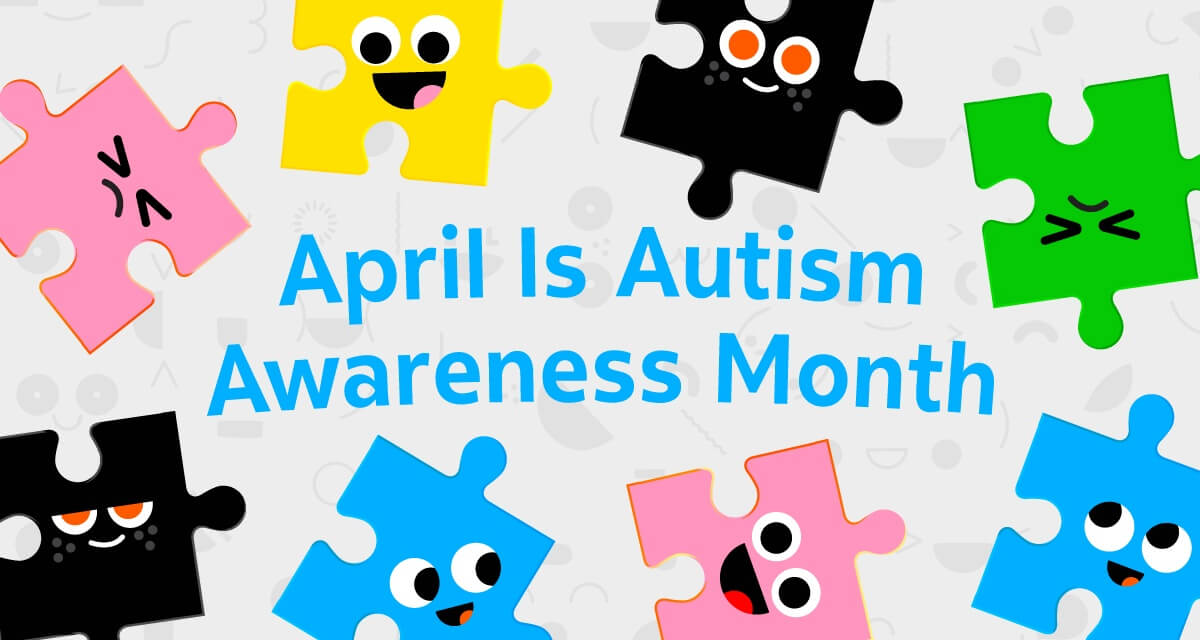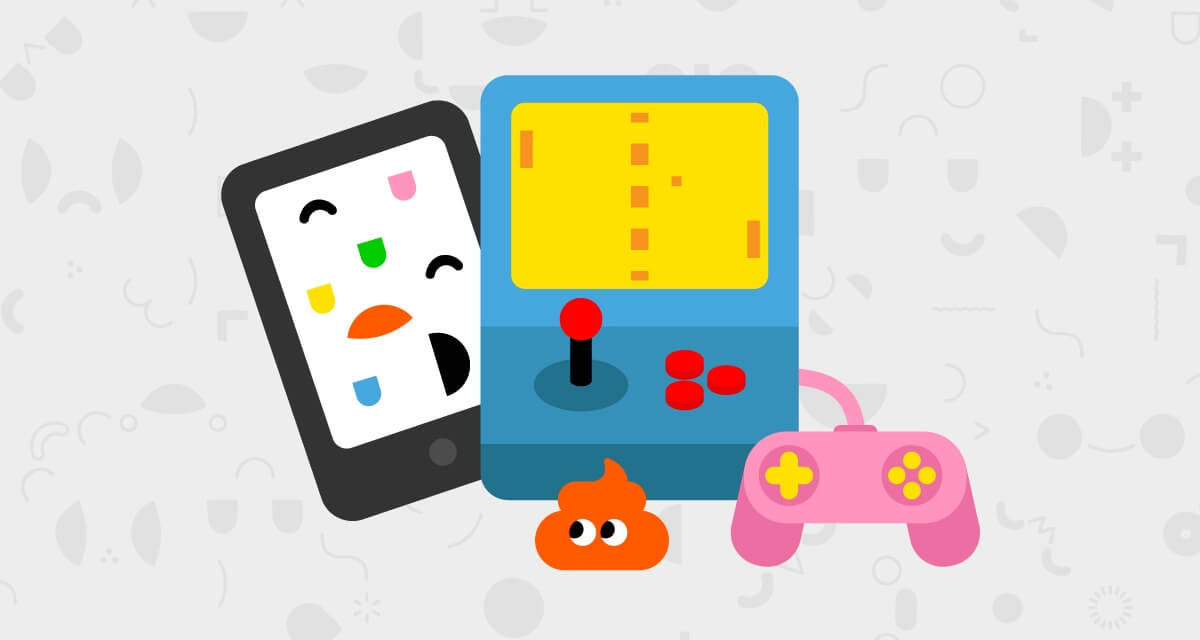- By
- Parker Barry
There are many reasons why a parent might choose not to have screen-time limits for their child — some of them you might not have even considered! Next time you see a child glued to their iPad in a public place, you might want consider these possible reasons before you judge:
- It’s not for him, it’s for you. Some children, particularly those with ADHD and/or autism, have trouble with self-regulation tasks, such as waiting for food in a restaurant. Sure, a parent could try to engage that child in conversation, but that’s not always possible, and often a tablet or smartphone could do a much better job at keeping the child (somewhat) still and (somewhat) quiet. An app as simple as the camera for taking selfies can do the trick to keep a child both calm and safe.
- It’s her voice. For some disabilities, such as autism or cerebral palsy, speaking might be difficult. But many nonverbal people actually have the cognitive ability to understand spoken language without the ability to express themselves. The widespread use of touchscreens has been instrumental in bringing communication apps, which are sometimes called AAC apps (for Augmentative and Alternative Communication), to the general public. Using a smartphone or a tablet to speak means that the device needs to go everywhere with you. That child you see constantly using an iPad might just be having a conversation with someone.
- He understands written language better than spoken language. Auditory processing problems affect many autistic people and others with sensory processing disorders. Closed captioning, originally created for the deaf community, serves as a huge benefit for those with autism. Many video streaming services, including YouTube, offer closed captioning with their videos, opening up the world of learning for some children.
- The best inclusion happens online. For older kids and teenagers with autism, socializing face-to-face can be difficult. While autistic teens might still seek friendships or romantic relationships like their typically developing peers, eye contact can be excruciatingly difficult. One of the best things to come out of texting and social media platforms is that it provides a level playing field. All you need is the ability to type, and you can connect with others by sharing pictures, funny videos or your deepest thoughts. Even chatting in a video game like Minecraft or adding a comment to a thread on YouTube can make you feel connected. The social world is no longer scary or difficult behind a screen. For a person with socialization issues, our digital world is a place to thrive.
Melissa Morgenlander, Ph.D., is a children’s media curriculum designer and researcher based in Brooklyn, NY. She has a blog about her experiences with autism and technology and media called The iQ Journals. You can learn more about Melissa from her website, or follow her on twitter @covertcoviewer.














